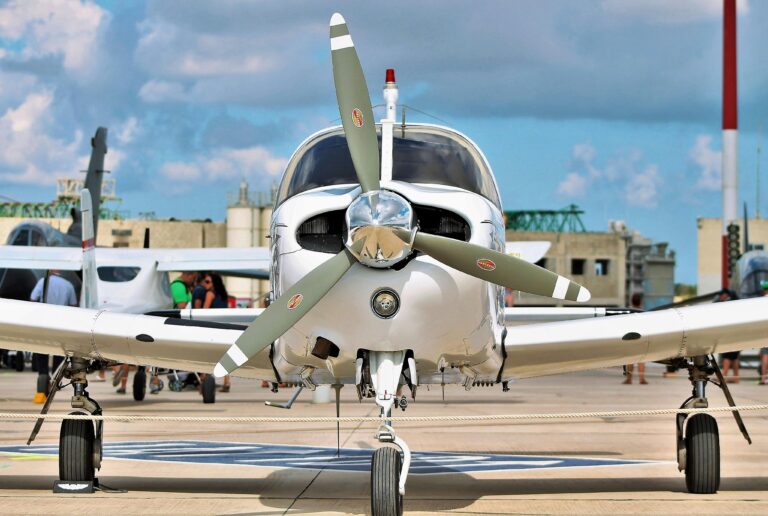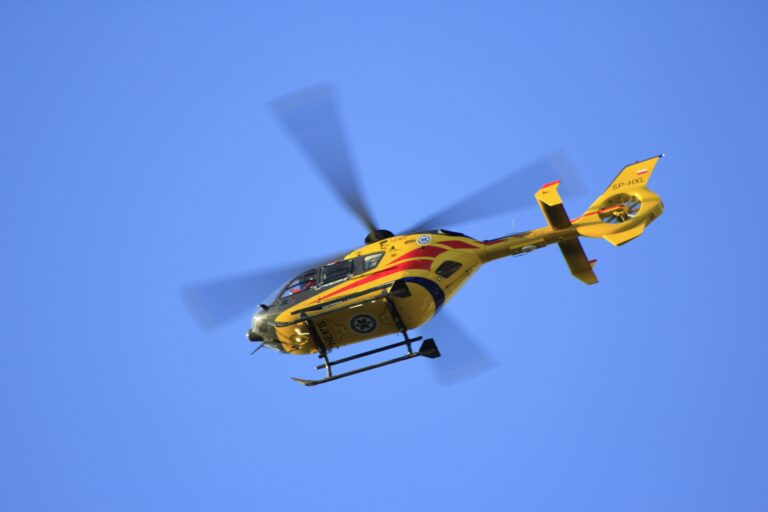How Much Does It Cost to Become a Pilot? A Complete Guide
Becoming a pilot is a dream for many, but one of the first questions that comes to mind is: How much does it cost to become a pilot? The answer varies depending on factors like location, flight school, and licensing requirements. This article will break down the costs, financing options, and key considerations to help you make an informed decision. Drawing from my own experience of attending a flight school and gathering multiple quotes, I can confirm that no matter where you study, it’s an expensive path—but it can be manageable with proper planning.
How Much Does Pilot Training Cost?
The cost of becoming a pilot depends heavily on your location and the type of training you pursue. Below are average costs based on country and flight schools:
United States
Training in the U.S. costs between $70,000 and $85,000 USD for a complete program that includes:
- Private Pilot License (PPL)
- Instrument Rating
- Commercial Pilot License (CPL)
Chile
In Chile, the average cost is about $45,000 USD, which seems more affordable compared to the U.S. However, if your goal is to work internationally, you need to consider the challenges of meeting foreign licensing requirements, such as the FAA’s 1,200 flight hours rule.
Why Study Costs Differ
While studying abroad may seem like a cheaper alternative, it may not always be worth it unless you plan to work in the same country. In my experience, if you don’t intend to work in the country where you study, you’ll spend extra time and money navigating paperwork and meeting additional requirements for certification.
You’ll need it: Second Class Medical Certificate: Guide for Aspiring Pilots
Breakdown of Pilot Training Costs at Leading Flight Schools
1. ATP Flight School (USA)
- Cost: $116,995 USD if starting from zero, or $87,995 USD with a private pilot license (PPL).
- Features: Includes all certifications and the hours required to meet FAA standards. ATP also offers financial aid and has partnerships with regional airlines for career placement.
2. Epic Flight Academy (USA)
- Cost: Between $70,000 and $85,000 USD, depending on the type of aircraft used and additional hours needed.
- Features: Offers a personalized structure, with accommodations and financing plans available for international students.
3. L3Harris Airline Academy (USA)
- Cost: Around $83,995 USD for a comprehensive training package.
- Features: Focuses on preparing students for airline careers, offering advanced training and strong industry connections.
Factors Affecting the Cost of Pilot Training
- Location of Training
Training costs vary widely based on the country, availability of resources, and local certification requirements. - Type of Licenses
Each certification (PPL, CPL, ATPL) has specific training and flight hour requirements, which add to the total cost. - Aircraft Type
Training on advanced aircraft or simulators often increases tuition fees. - Additional Expenses
- Medical certificates
- Examination fees
- Uniforms, books, and supplies
- Housing and transportation

Financing Your Pilot Training
Pilot training is undeniably expensive, but there are multiple options to make it more affordable:
1. Educational Loans
Most flight schools partner with financial institutions to offer student loans designed for aspiring pilots. These loans typically cover tuition, materials, and sometimes housing.
2. Scholarships
Several organizations and airlines offer scholarships to students who demonstrate academic excellence or a strong passion for aviation. These scholarships can significantly reduce the financial burden.
3. Work and Study Programs
Some students work part-time while training, or even work within the aviation industry, such as at airports or as flight instructors, to offset costs.
Key Considerations When Choosing a Flight School
Having gone through the process of evaluating multiple schools, I can confidently say that selecting the right one involves more than just looking at the price. Here are some critical factors to keep in mind:
1. Accreditation and Reputation
Ensure the school is certified by the relevant aviation authority (e.g., FAA in the U.S.) and has a strong track record of preparing students for successful careers.
2. Career Placement Support
Schools with partnerships with airlines or programs that guide students into airline careers can offer significant advantages.
3. Duration and Flexibility
Some schools provide intensive programs that can be completed in less time, while others offer part-time options for those balancing work and study.
4. Facilities and Fleet
Modern training facilities and well-maintained aircraft are crucial for a quality learning experience.
you will be interested: Why Choose an Evektor Harmony for Recreational Aviation?
Why Studying Abroad Might Not Always Be Worth It
While countries like the U.S. offer top-notch training, studying abroad can come with hidden challenges. If you’re not planning to work in the country where you train, you’ll face hurdles like licensing validation, language barriers, and extended timelines for accumulating the 1,200 hours required by the FAA. From my perspective, this extra effort often outweighs the initial cost savings.
Career Outlook and ROI
Despite the high costs, becoming a pilot offers long-term financial benefits. Entry-level commercial pilots in the U.S. earn an average salary of $80,000 – $100,000 USD annually, with salaries increasing substantially at major airlines. This makes aviation a rewarding investment if approached strategically.
Personal Insights: Planning for the Journey
Based on my personal experience attending flight school and gathering quotes, I learned that pilot training requires careful financial planning. Regardless of the school you choose, you should be prepared for high costs and a fast-paced learning environment. However, with proper research and determination, financing options like loans or scholarships can make the journey feasible.
Conclusion
Becoming a pilot is an expensive yet achievable goal with the right planning. Whether you choose to train in the U.S., Chile, or elsewhere, make sure to consider your long-term career goals and how licensing requirements align with your aspirations. In the end, investing in quality training will pay off in a rewarding career in aviation.






